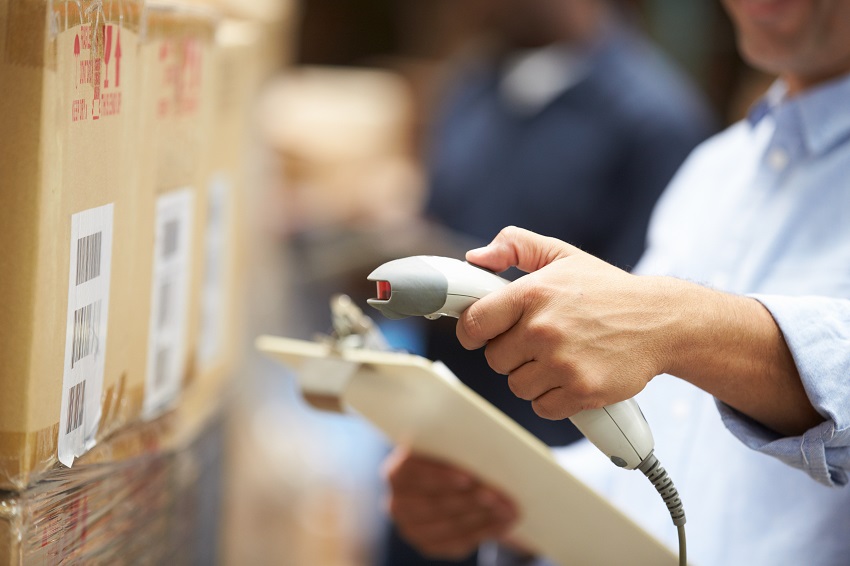In 2019, many logistics and transportation trends center around increasing visibility and higher service levels — for both service providers and their customers.
Better application of technology and digitization is the enabler making this possible. But, it is customer demand for more from their service providers that is the primary driver of this change. With pressure on service performance and cost containment greater than ever, and a challenging marketplace in general, companies will become even more reliant on emerging logistics technologies to keep up.
Here are four important trends
Big Data
The demand for information technology in logistics and transportation has been growing for several years. Having access to, and the ability to use, data is something small and medium-sized companies are benefiting from through technology as only large companies could in the past. Tools for making informed, data-driven decisions are something more logistics managers have access to.
The application of newer technologies like blockchain has the potential to enhance security and visibility across supply chains. Faster transactions and better transparency are key parts of blockchain’s promised benefits for the shipping industry. The signs are that 2019 will be the year for that promise to start coming true.
Capacity Crunch
Unfortunately, the transportation industry will not get any relief from the truck driver shortage in 2019. The continued high demand for freight capacity will only exacerbate the problem. The Bureau of Labor Statistics via NPR states that 55 is the average age of a truck driver in the U.S., meaning that many will be retiring in the next few years, with few coming up to fill their shoes.
While the industry is trying to make trucking jobs more attractive to younger drivers, the Hours of Service (HOS) restriction and higher wage rates have made little difference in the number of new drivers who are willing to fill the seats left open by the drivers who have retired. Due to legal and safety concerns, driverless trucks are still several years out — so there is little that will change in 2019 to reduce the shortage.
Warehouse Automation
With a strong economy and an aging workforce, warehouse employees are growing scarce — much like truck drivers. The trend, however, is for the warehouse to become more automated at a faster pace than trucking. The timing is good, because the effect of the demands of ecommerce and customer expectations on warehouses is changing quickly as well. Automation is helping the situation, slightly at least. Automation in warehouses enables improved accuracy and shorter lead times, making it easier to meet these new demands. In 2019, developments such as autonomous robots and shuttle systems to retrieve and store items will become more prevalent in the warehouse.
On-Demand Trucking Services
How shipper customers find and book carriers is changing fast, and the evolution of how shippers and carriers interact will continue in 2019. Technology is making on-demand trucking accessible for all shippers, with some carriers offering a scheduling ease that is nearly at the “book-with-one-click” level. As shippers get used to working with carriers online, it will soon be a requirement for all service providers to allow their customers to transact fully through a web portal or app — from rate search to tendering to billing.
The service providers who create the best online experience for their shipper customers while adapting to the broader market trends will be the long-term winners in the logistics and transportation marketplace. The consumer demand results in the rate of growth and change in the transportation industry, driven primarily by a desire for a more immediate and better customer experience. It’s technology that will enable logistics services providers to match these climbing expectations.


